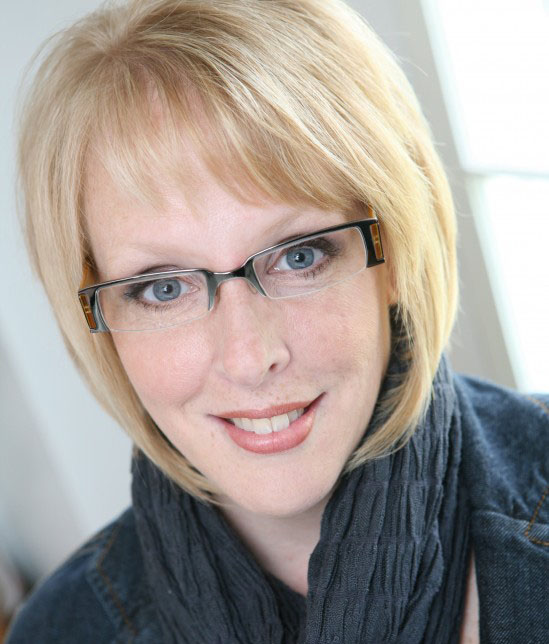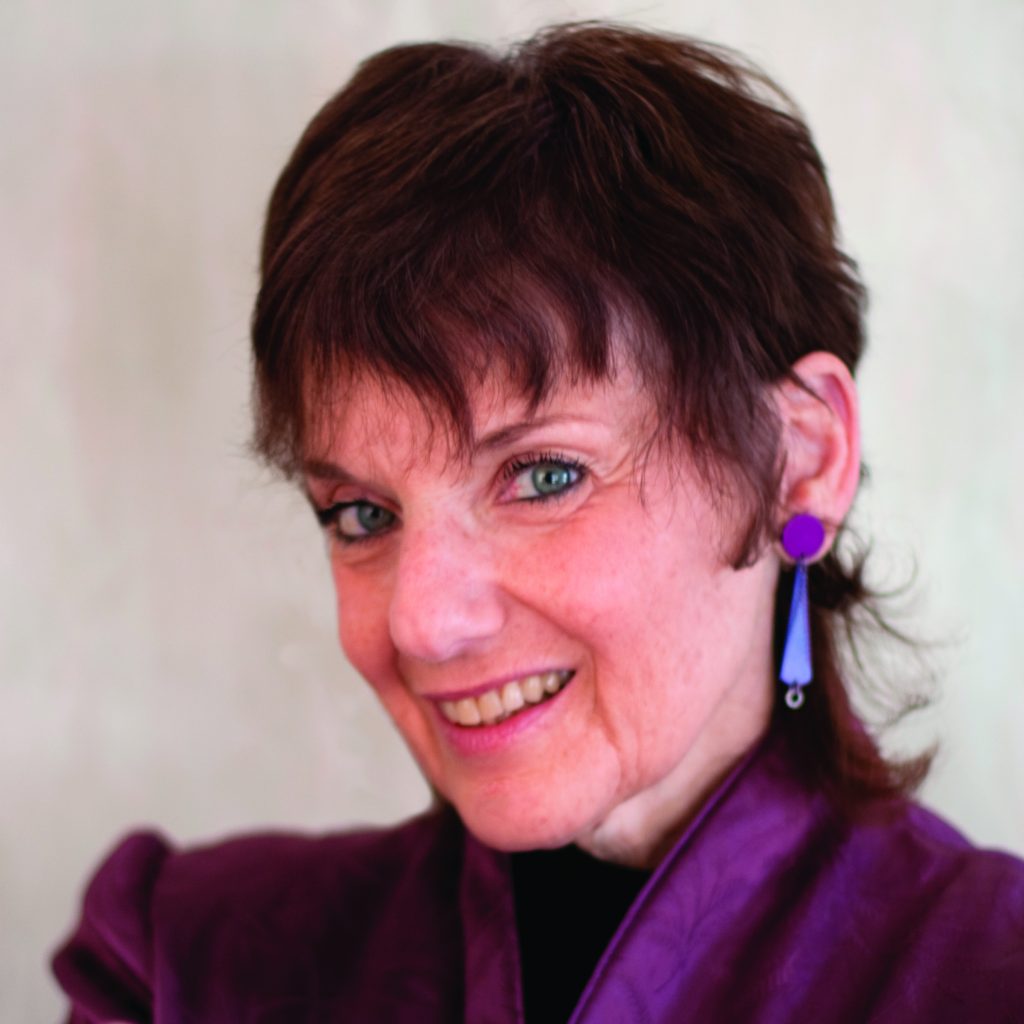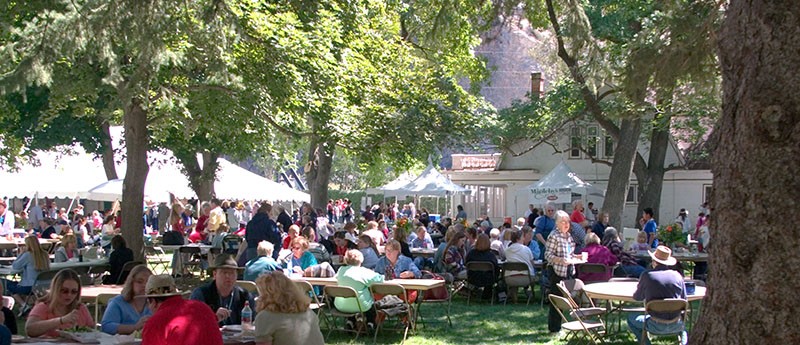
“Stories have been influencing story since the first hieroglyphics were scratched onto a cave wall. The vehicle that story uses and/or the way stories are shared may change on and off, but humans will never stop sharing stories face to face. State of the art will never replace state of the heart.”

“Hopefully, storytelling will continue to be a community experience where we share our human similarities and learn about our differences. Storytelling cannot “save the world,” but our stories can add to its grace and wisdom.”
“Storytelling is exactly where it needs to be. It is in every pocket of the world. It has become a buzzword and its’ popularity is only growing. It influences society in every sphere: politics, art, climate change, education, love.”
Sheila Arnold doesn’t just tell stories; she lives them. As a professional historical character interpreter, Ms. Sheila takes on the role of historical characters and tells stories through their eyes. She has also written poems, stories, fiction, and plays, starting when she was in the seventh grade. With a life seeped in storytelling, Sheila enthralls her audience of students of all ages with her character portrayals, motivational speeches, workshops, and storytelling.
Blending traditional mountain folklore with music and the contemporary Appalachia, Adam Booth’s approach to storytelling tickles the funny bone and tugs at heart strings.

I have attended every Festival, and have worked on the committee, in some capacity, for 28 of its 29 years. If you’re doing something for that long, you better have a really good reason—or two.
Each school year began with a trip to the Timpanogos Storytelling Festival, and now retired after nearly 40 years, this award-winning teacher tells us how she first became a fan of the festival and how she used her experience to create memorable teaching and learning moments in the classroom.
Paul Stout is a Utah businessman who appreciates the value of a good story. He has been attending the Timpanogos Storytelling Festival with his family since its inception at the Ashton’s home in Orem over 20 years ago.




